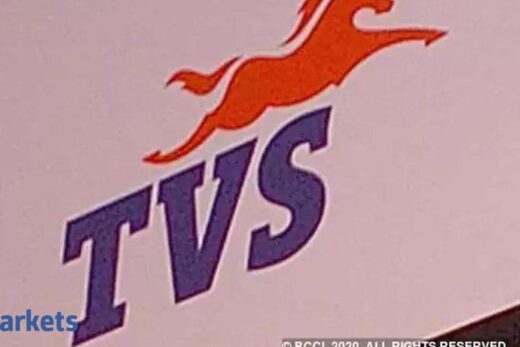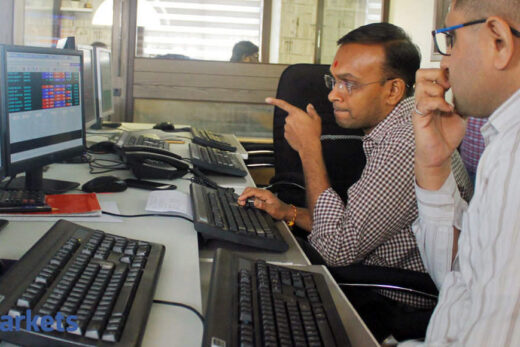After hitting a recent low of Rs 124.7 last week given the likely selling pressure from its anchor investors, who forgot that they were in it for the long term after seeing the 70 per cent spike in the stock post its listing in July, the stock has found its mojo back in recent days.
Zomato’s cause, of course, has been helped by the revival in risk appetite among retail investors as well as the start of coverage by a handful of brokerages with a positive outlook. With the short-term investors now out of the door with their pockets full of cash, market participants feel that the stock could be in for a sustained run as most buyers would be of long-term nature from here on.
King is back on top
After spending nearly a year in the wilderness, the King of the stock market –
– is finally back on the top and dictating the market.
Shares of the company ended at their record high level after rising another 4 per cent and taking its gains for the past five weeks to close to 17 per cent.
Today’s strong rise in the stock was likely driven by a report by Informist that Saudi Aramco’s due diligence team had inspected the company’s petrochemical units, suggesting that an announcement on the stake sale to the world’s largest oil company could be on the offing soon.
Realty boom
There appears to be no stopping the bull run in real estate stocks at the moment. The sector is back to being the darling of investors, which is giving us very 2007 vibes – the last time when the sector was on everybody’s lips.
The gains in the sector are, however, being driven by good fundamentals this time around as rising formal sector incomes is pushing individuals to invest in their first or second homes. Demand in urban areas like Mumbai has remained strong despite the second wave, which is helping many developers clear out their inventories from the down years of the last decade.
Many of the listed residential property developers may find themselves in the sweet spot soon wherein they may see some pricing power return as strong demand is met with low supply given that many recently-launched projects will take 2-3 years to catch up.



